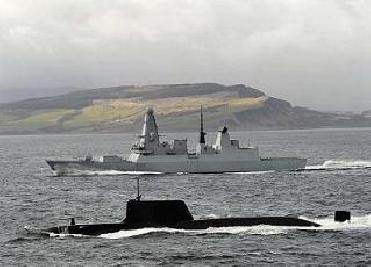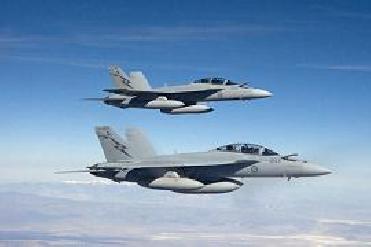
AN/SPS-73(V)12 Radar set
WASHINGTON (PTI): Military scientists in the US are developing what they claim is a "spy in the sky" -- a remote-controlled airborne detection system which can bounce radar off buildings to follow a vehicle though a city.
According to the 'New Scientist', Pentagon's Defence Advanced Research Projects Agency is developing the new radar system which sees around corners and down into "urban canyons" -- in fact, it can track vehicles across an entire city using just a few unscrewed aircraft.
Traditional radar relies on direct line of sight, so it's often tricky to track a vehicle that keeps nipping behind buildings. But the military scientists believe that by using buildings as mirrors, the Multipath Exploitation Radar will be possible to identify a target vehicle from radar reflections.
The agency is exploring how Multipath Exploitation Radar (MER) might work by driving vehicles around a simulated urban area and collecting returns from overhead radar.
The scientists are aiming to combine the radar data with a three-dimensional map of the test environment to calculate how the radar reflects off and between vehicles and buildings. This process should highlight which signals in the returning radar data can be used to plot the target vehicle's path, they say.
"MER is expected to be compatible with the radar systems currently used to track vehicles," a DARPA spokesman was quoted as saying.
The team anticipates that using reflected radar will cover more ground than a line-of-sight system, making it possible to monitor a city of about 1000 square kilometres, such as Baghdad, with just three airborne radars.
The three-dimensional model of a city needed to make sense of the reflection pattern could be created using LIDAR, the optical surveying technology which is routinely carried on aircraft.
MER makes use of Ku-band radar -- frequencies of between 12 and 18 gigahertz. It is sensitive enough to produce distinct signatures for apparently similar vehicles, by detecting slight differences, such as the angle of an aerial or a wing mirror.
DARPA is also looking to develop an algorithm which would enable the system to track multiple vehicles.
Ain Sume of the Swedish Defence Research Agency says the "sound, well-known physical principles" behind MER make it feasible. His team built a radar system that detects people around a corner by using reflections from the opposite wall.
But Sume reckons it will take some time to turn DARPA's plans into a viable system. Key challenges include maintaining a radar lock as the view shifts from line-of-sight to reflection and back, and establishing a unique radar "fingerprint" for each vehicle.
 Previous Article
Previous Article Next Article
Next Article












The Indian Air Force, in its flight trials evaluation report submitted before the Defence Ministry l..
view articleAn insight into the Medium Multi-Role Combat Aircraft competition...
view articleSky enthusiasts can now spot the International Space Station (ISS) commanded by Indian-American astr..
view article